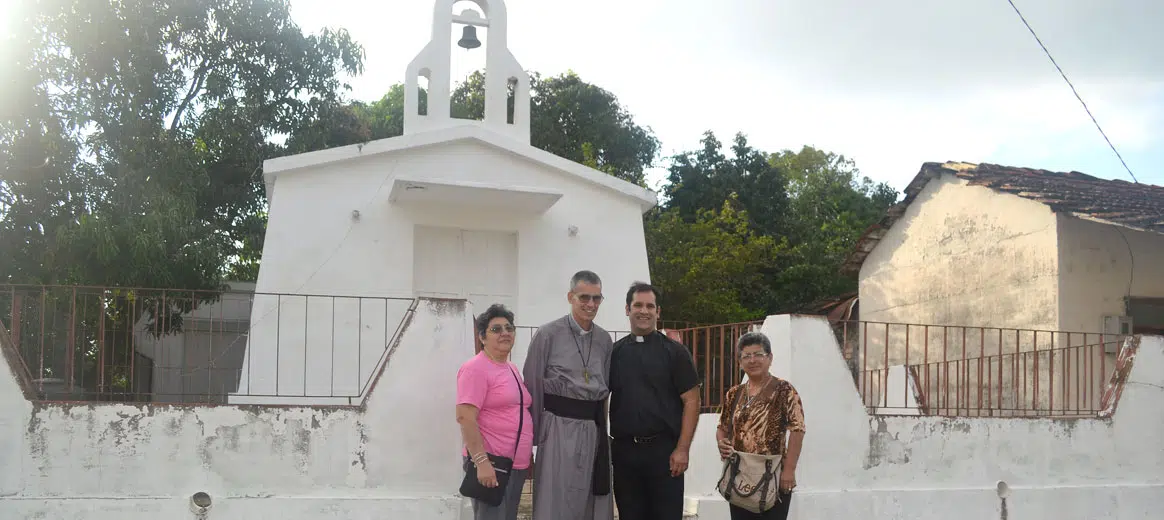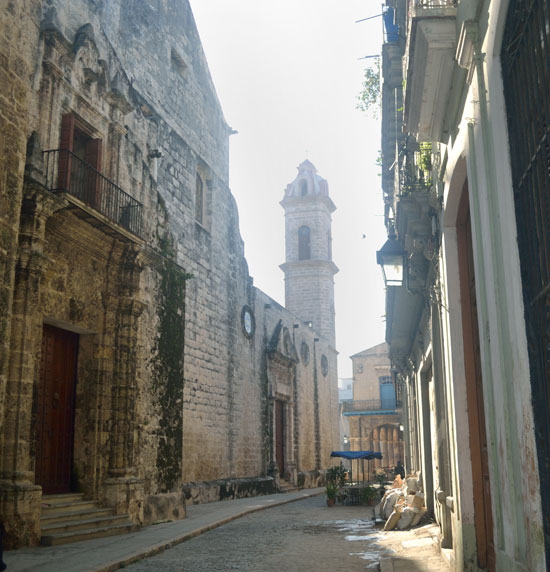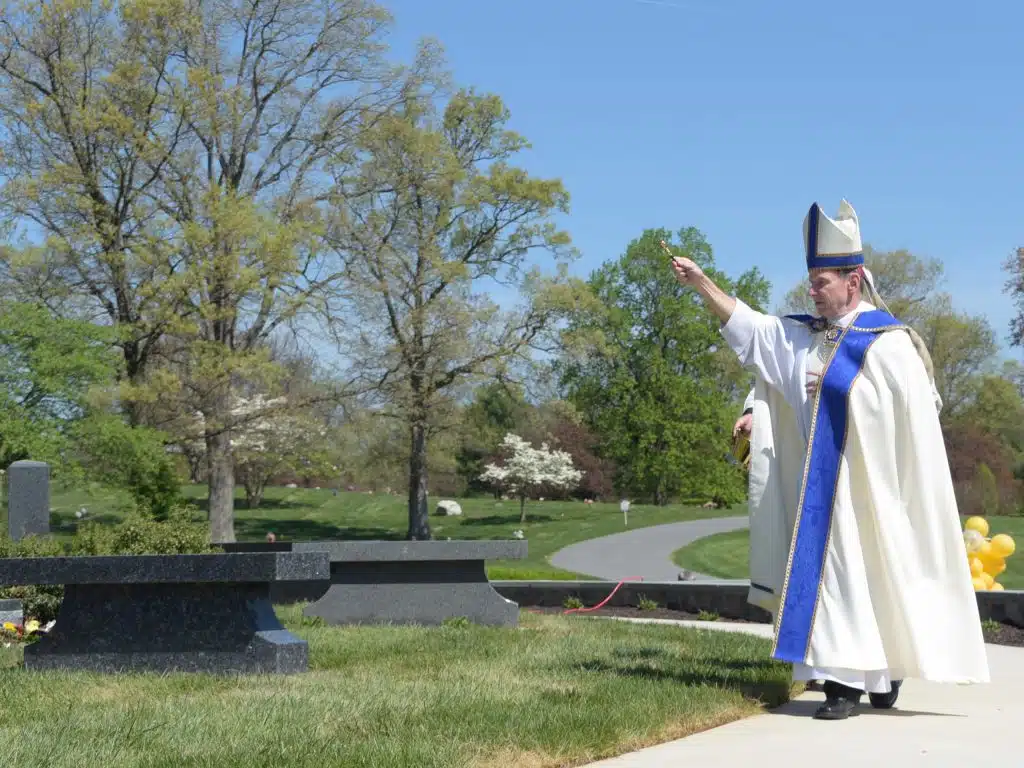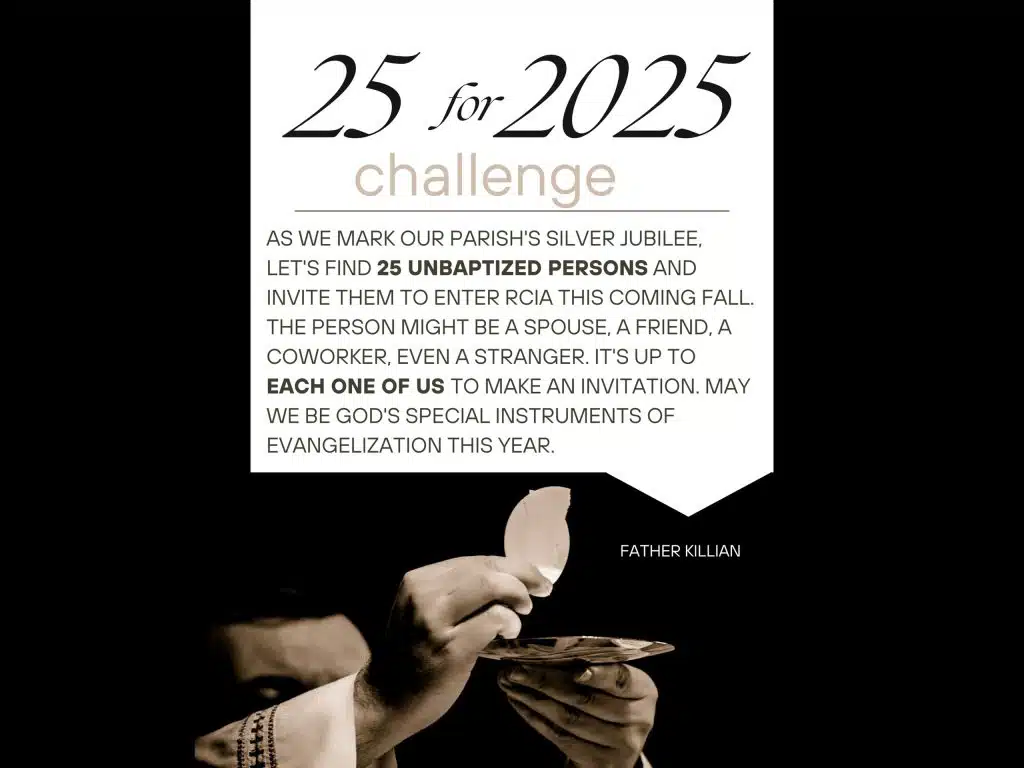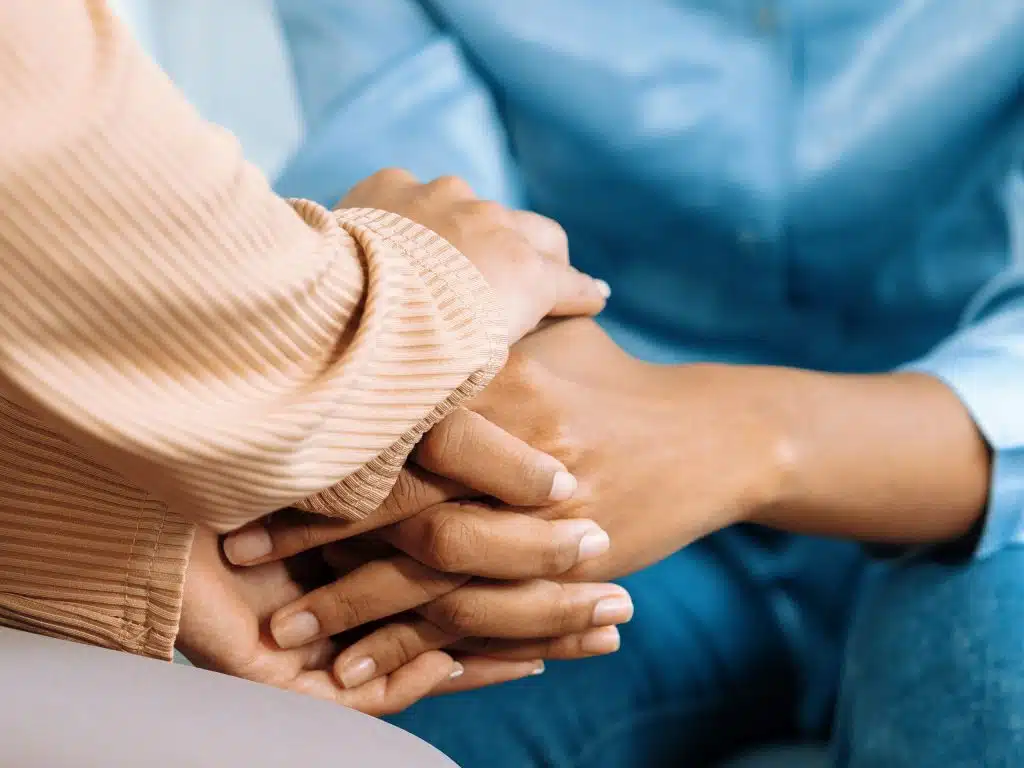The property was a Jesuit-run preparatory school, one of the most
elite on the island of Cuba. But after Fidel Castro came to power, the
government repossessed the building and used it for military training. All
religious imagery was stripped from the chapel as it was converted into a
meeting room. The courtyard lined with arching columns was filled with tons of
garbage.
When Pope John Paul II visited Cuba for the first time in 1998,
the government gave the building back to the Jesuits. Ever since, the religious
order has worked to restore the dilapidated school to its former glory and
utility. The story of the school illustrates the greater reality of relations between
Cuba and the Catholic Church.
The communist government’s hostility toward organized religion — Castro even canceled Christmas — has softened over
the years, in part due to Popes John Paul II, Benedict XVI and Francis, all who
have visited the nation. Now, the Catholic Church is working slowly to recatechize
the vast majority of Cubans who still profess a belief in Catholicism, said
Father Ramon A. Baez, parochial vicar of Good Shepherd Church in Alexandria,
during a talk Nov. 29.
While on mission there, the group also visited the capital of
Cuba, La Havana.
In December 2014, formal diplomatic relations were re-established
between Cuba and the United States, and Americans were allowed to the travel to
the country for religious, educational or cultural reasons. Through that
loosening of restrictions, Father Baez and several other members of the Legion
of Mary traveled there in both January and July of 2016 to preach the Gospel
and tour the island.
What they found was a country living in the past; especially out
in the farmlands, it was “circa 1910,” said Father Baez.
Because of the U.S. trade embargo, classic cars abound, but most
Cubans can’t afford them. People rely on overworked buses, horse-drawn
carriages, or their own two feet.
Restaurants are for the wealthy tourists only, and even then,
many menu items are unavailable. No one accepts credit cards — only cash. Power
outages are frequent, now that the socialist government of Venezuela, a longtime
ally of Castro, can no longer afford to subsidize petroleum. The Internet is accessible
only in public plazas.
Father Baez and his companions spent their days in Cuba going
door to door, telling people about God and encouraging them to become involved
in the church. “All the young people, they don’t know anything about the
Catholic Church. Most people are baptized, but very few go to communion,” said
Father Baez. “The priests … they’re just so overwhelmed. They don’t have
resources.”
In addition to Protestantism and atheism, many Cubans practice
Santeria, a type of occult ritual practice. Frequently, the superstitious religion
gets mixed in with the Catholic faith — a result of people not understanding
the true teachings of the church. “They don’t know one thing from another,”
said Father Baez.
Though he was glad to see the country and witness to its people, Father
Baez believes that all the money they spent in the country went back to support
the regime that imposed such suffering in the first place. Though some things
have changed for the better, the government remains in control.
“Many of (the Cubans) see they have been sold a false bill of
goods. They’re angry but they can do nothing about it,” he said. Even the
recent death of Fidel Castro is unlikely to have any effect on the people,
suspects Father Baez.
“Those who could get out have gotten out,” he said. “The people
live basically day by day. They’re scared. They don’t know what’s going to
happen.”
